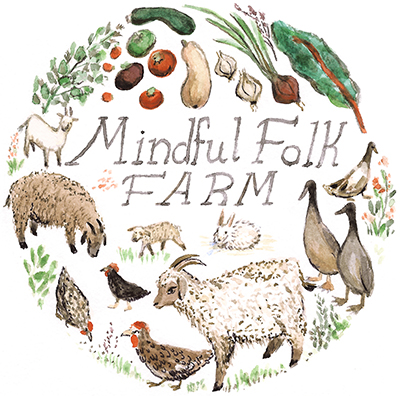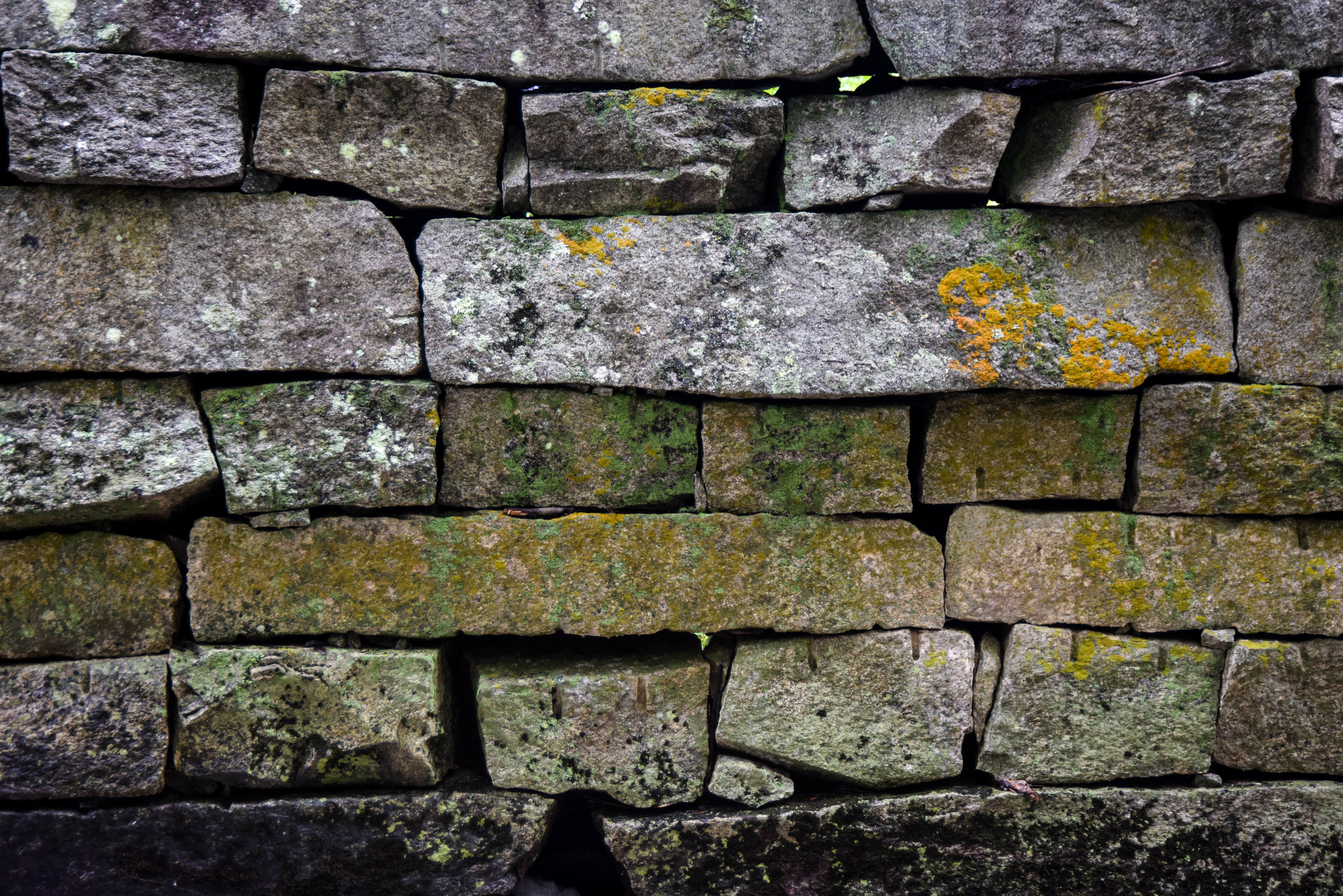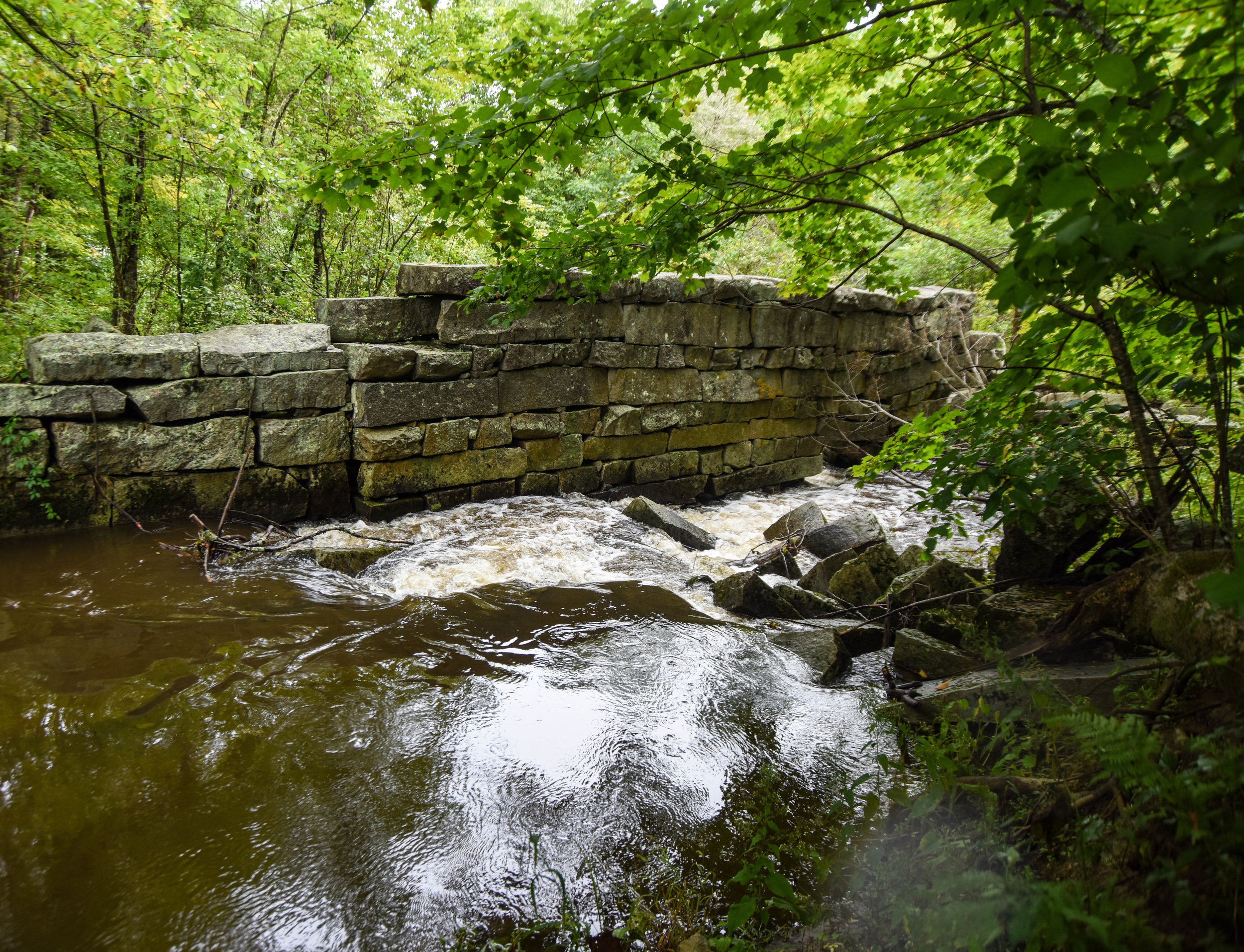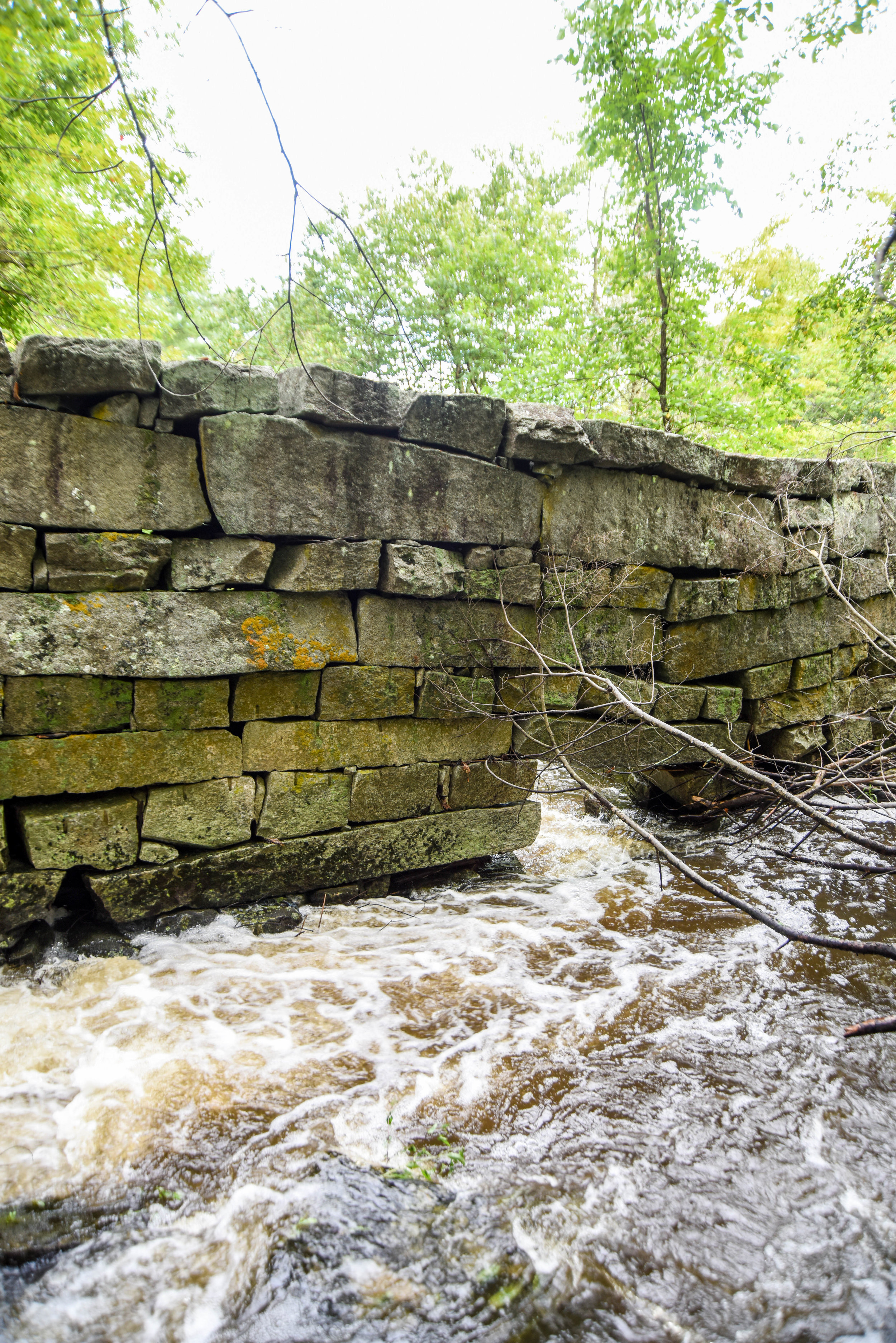Phinela: Part II
When we first moved to our town, we did not have any farm animals besides chickens. I did not come from a farming background, but after struggling with Chronic Lyme Disease and being rendered all but immobile, fiber became a passion. After we had lived here for only about one year, we found three angora goats on craigslist (I wouldn’t do that again!) and the rest is history.
During that year after we acquired the goats, I began thinking about sheep, as a way to use up all the mohair the goats were producing. So, we then found ourselves with two finnsheep. One day my husband came home from a run and asked if I had seen the ruins of the mill around the corner. I said no, and he began to tell me about how this mill was the first water-powered fiber mill in the country, and that it had a crazy story to go with it. So I went to check it out.
“Beginning a mill in 1791 along Collyer Brook in what is now Gray, Maine, Samuel Mayall's operation became the first successful water-powered woolen mill in North America. Establishing the mills in Gray was not easy. Woolen interests in England had prohibited the production of goods in the colonies and worked diligently to prevent British wool-making technology from being put to use in competition with them. Realizing this, Mayall smuggled plans for his machinery out of England hidden in bales of cloth meant for trade with Indians. When British woolen guilds learned of his deception, they tried at least twice to kill him. Once they sent him a hat in which they had hidden pins laced with poison and another time a box with loaded pistols rigged to fire when the box was opened. Suspicious of both packages, Mayall managed to avoid the untimely death his enemies had planned for him.”
“In time, the original single wooden structure grew into a sprawling mill complex, featuring two large buildings known as the lower mill and the upper mill, each powered by the water of Collyer Brook. Built in 1816 to expand Mayall’s production, the Upper Mill continued to produce woolen cloth until it was destroyed by fire in 1886. Despite the fire and decades of decay, one corner of the Upper Mill still stands.” A photograph of the Upper Mill can be found here.
“After Samuel Mayall died in 1831, his daughters Mary and Phanela took over the milling operation and built the Lower Mill in 1834. This building continued to produce cloth in all but a few years until 1902. This photograph shows the Lower Mill and the buildings that once surrounded it. These include the original 1791 structure that was converted to a carpenter shop when the Upper Mill was built, the Picker House, where wool was picked, cleaned, and graded before being spun into yarn and the old Picker House.”
It felt serendipitous, at the least, to discover that the area we were living in was once home to not only an incredible piece of history, but many farms that raised sheep for fiber production. This beautiful, serene location has also become our family’s favorite swimming hole. It is so far off the beaten track, and without any signage to point visitors to the spot, that we rarely see another soul. There is a lovely path that winds around the ruins of the mill and along the water’s edge, and the current is usually a great deal slower, but perfect below the mill for young children.
So there you have it. The story behind the names of our two lines of yarn; Phinela and Mary. It felt only right to honor them in some way, and what I imagine to be two smart, capable, and somewhat unusual, women. They ran a very successful business during a time when women were rarely known to do such things. I occasionally imagine them around as I am working, and wonder what they were like, if they would approve, or if running a business to them was merely a means to an end. In any case, their intrepid spirits live on in our yarn!
* All information above was found either on location, by way of informational signs, or here.







